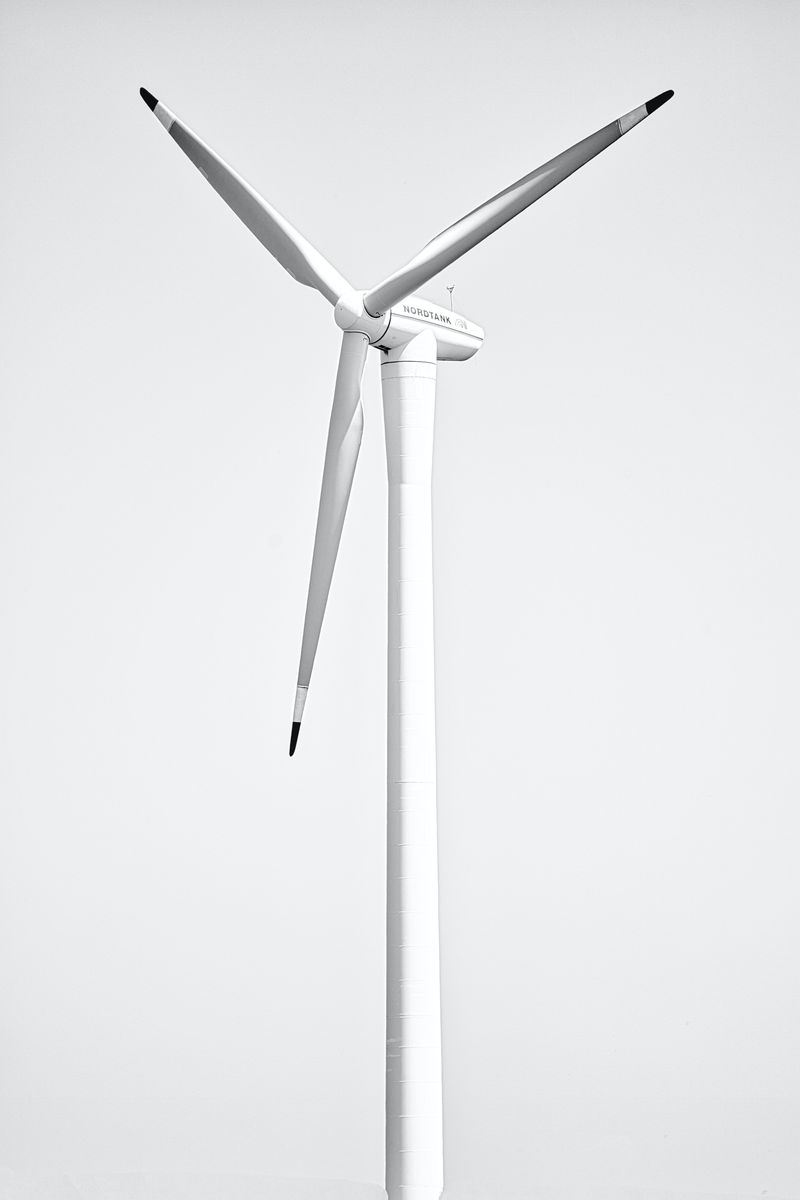Get offers on energy deals from several suppliers
Save money on your energy bills. Electricity.ie is a free and non-binding tender service where you can let the energy suppliers compete in giving you the best deal possible.
All you have to do is fill out our short form, sit back and wait for the energy suppliers to come to you with their best offers.
This way you can spend time doing something more enjoyable, rather than scouring the internet for the best electricity prices. In addition, you may get a personalised offer that isn't readily available to everyone else online.
Benefits
- Get cheaper electricity when the suppliers are competing against each other
- Don't spend time researching to find the cheapest deal for your usage
- Choose the offer you prefer, or politely decline all of them
The service is entirely non-binding and we handle your contact details in compliance with the GDPR.
What kind of deal should you choose?
When switching to a new energy deal, you should be conscious of what type of deal you're making.
- You'll obtain your electricity and gas from the same supplier if you choose a dual tariff. This tariff can be more affordable and convenient than having separate plans because you may receive a special price and only have to deal with one company.
- Suppose you use a prepaid electricity plan called pay-as-you-go (PAYG) electricity. In that case, you pay for the electricity before you consume it. This kind of plan requires you to monitor how much energy you're using. Still, it does make it easier to control your energy usage. While it's usually more pricey than a standard plan, it may be beneficial if it's necessary for you to manage your electricity costs.
- If you choose a fixed price plan, you'll know what you'll pay for the kWh you use during the time set by your contract. This type of plan is usually not the cheapest option. Still, it protects against price fluctuations, which some people find valuable.
What is the PSO Levy?

The Public Service Obligation (PSO) Levy is a subsidy that all energy suppliers must legally collect from their customers. The Government uses the revenue from the Levy to meet Ireland's national renewable energy and indigenous fuels targets.
All residential and business electricity users are obligated to pay the PSO Levy. You'll notice it on your electricity bill monthly or bi-monthly.
The Commission for Regulation of Utilities is responsible for calculating the Levy. The fee depends on the estimated wholesale electricity prices and generation needed for the year ahead. They also adjust your payment according to actual electricity generation and wholesale prices. As a rule of thumb, the Levy is higher when the wholesale market price is down.
Due to unprecedented electricity prices in 2022, the Levy will be a minus figure on your electricity bill from 1 October 2022 to 30 September 2023. You will get a credit on your invoice, totalling €89.10 annually.
What is the standing charge?
The standing charge is a fixed amount of money you must pay on top of your tariff rate. It covers your energy supplier's costs for supplying your house with power. The charge includes expenses related to providing and maintaining the electricity supply to your home, collecting meter readings and servicing your account.
The supplier charges you daily, and the amount does not fluctuate based on your energy consumption. In Ireland, we have four different categories for standing charges:
- Urban 24hr
- Urban Nightsaver
- Rural 24hr
- Rural Nightsaver
Only one of these will apply to you. ESB Networks, which manages the construction and maintenance of the electricity network, determines whether you live in an urban or rural area based on the location of your property. The standing charge is higher if you live in a rural area because it's more expensive to supply electricity to properties that lie further away from the network.
Your rate type determines whether you'll qualify for the 24hr or the Nightsaver charge. If you have a 24hr rate, you pay a single rate for electricity no matter what time of day it is. If you're on the Nightsaver rate, you have a meter that records day and night usage separately and has a slightly higher standing charge.
For gas, the same rate will be applied to all customers, though it may differ between the gas suppliers.
Energy in Ireland
Without electricity, our lives would be completely different. We use it for basic tasks like seeing in the dark, keeping our food fresh and surfing online. The average Irish household uses 4200 kW/h of electricity, which compares well to the EU average of 4000 kW/h.
Though we consume 30% of all electricity in Ireland within our homes, the greenhouse gas emissions from this usage have fallen by 1/3 since 2005, primarily due to replacing coal and oil with natural gas and wind power. However, in terms of energy consumption; oil remains the most significant energy source, standing for more than half of Irish consumption in 2020 - transport and heating accounting for the lump sum.
While Ireland has set an ambitious plan in motion to reduce overall greenhouse gas emissions by 51% come 2030, hoping to reach net-zero emissions by 2050, we as individuals can contribute. For example: use less electricity by running heavy appliances outside of peak hours when demand is low, reducing your carbon footprint and saving you money on your electricity bill at the same time.

